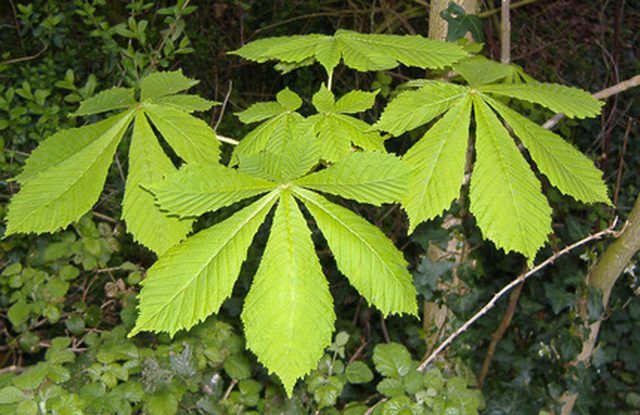Bulbs
Flower Basics
Flower Beds & Specialty Gardens
Flower Garden
Garden Furniture
Garden Gnomes
Garden Seeds
Garden Sheds
Garden Statues
Garden Tools & Supplies
Gardening Basics
Green & Organic
Groundcovers & Vines
Growing Annuals
Growing Basil
Growing Beans
Growing Berries
Growing Blueberries
Growing Cactus
Growing Corn
Growing Cotton
Growing Edibles
Growing Flowers
Growing Garlic
Growing Grapes
Growing Grass
Growing Herbs
Growing Jasmine
Growing Mint
Growing Mushrooms
Orchids
Growing Peanuts
Growing Perennials
Growing Plants
Growing Rosemary
Growing Roses
Growing Strawberries
Growing Sunflowers
Growing Thyme
Growing Tomatoes
Growing Tulips
Growing Vegetables
Herb Basics
Herb Garden
Indoor Growing
Landscaping Basics
Landscaping Patios
Landscaping Plants
Landscaping Shrubs
Landscaping Trees
Landscaping Walks & Pathways
Lawn Basics
Lawn Maintenance
Lawn Mowers
Lawn Ornaments
Lawn Planting
Lawn Tools
Outdoor Growing
Overall Landscape Planning
Pests, Weeds & Problems
Plant Basics
Rock Garden
Rose Garden
Shrubs
Soil
Specialty Gardens
Trees
Vegetable Garden
Yard Maintenance
What Is the Difference Between Horse Chestnut & a Chestnut Tree?
What Is the Difference Between Horse Chestnut & a Chestnut Tree?. The horse chestnut and the chestnut tree are two entirely different trees. Although they both bear the name "chestnut," they are not relatedl. The horse chestnut is cultivated mainly for its ornamental value; its fruit is inedible. The fruit of the chestnut tree, however,...

The horse chestnut and the chestnut tree are two entirely different trees. Although they both bear the name "chestnut," they are not relatedl. The horse chestnut is cultivated mainly for its ornamental value; its fruit is inedible. The fruit of the chestnut tree, however, may be eaten. There are other differences between the trees.
Leaves
The leaves of the horse chestnut are palmately compound--with five leaflets radiating from the center of the stalk--and have fine-toothed margins. They vary in size, from 4 to 10 inches long. Chestnut leaves are single--only one per stem--and are narrow and elliptic in shape. They are 5 to 8 inches long. Chestnut leaves have sharply toothed margins.
Buds
The horse chestnut is covered with thick buds during the winter months. The buds are terminal (one bud at the end of a stem). They have 14 scales and are covered by a sticky substance which seals them for protection.The buds of the chestnut are spaced along the stem in an alternate arrangement. They are smooth and brown and asymmetrical in shape.
Twigs
The horse chestnut twigs form scars in the shape of horseshoes when the tree loses a leaf. The small branches are covered with these marks. The twigs of the chestnut, however, do not bear these scars, and are smooth.
Burs
A chestnut tree has "burs" (which contain and protect the fruit) the size of a tennis ball. They are spiny, like a porcupine. The burs contain three chestnuts each. The horse chestnut also has a bur. It is also spiny, but there are fewer spines. A horse chestnut bur only contains one fruit, and the fruit is not edible.
Fruit
The horse chestnut produces a shiny brown nut which is inedible. The nut bears a pale brown scar where it was attached to the inside of the bur. The chestnut tree produces a highly edible nut. It is used as an ingredient in stuffing for turkey or pheasant, or simply roasted.